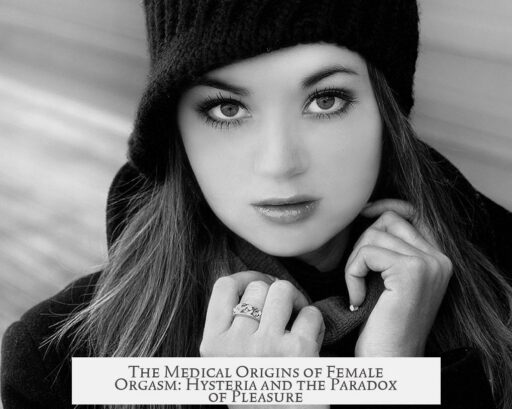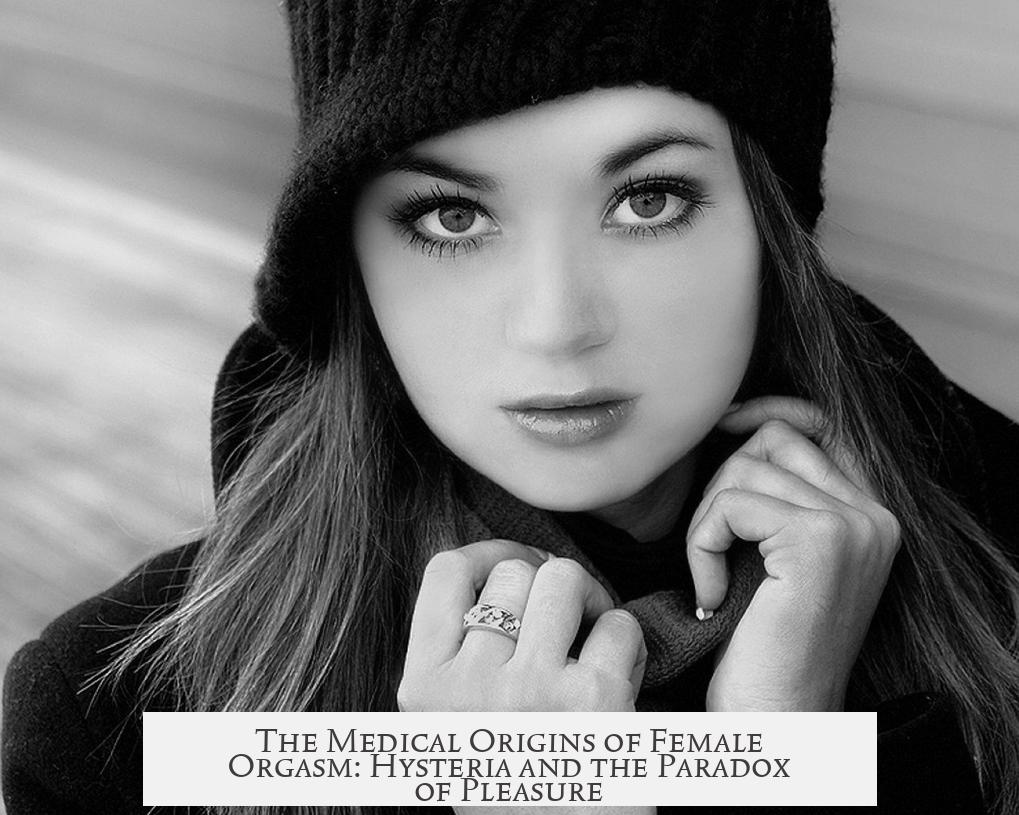The idea that hysteria was treated in the late 19th century by inducing female orgasms, or “hysterical paroxysms,” is a widely circulated but largely debunked myth. Historical research shows that this narrative emerged largely from Rachel Maines’ 1999 book Technology of Orgasm. Subsequent scholarship, such as investigations on platforms like Reddit’s AskHistorians, has revealed significant inaccuracies in this claim.
The origins of this myth lie in a misunderstanding of medical practices and the early use of vibrators. While vibrators were indeed used in gynecological treatments of the time, there is no clear evidence that doctors deliberately used them to induce orgasms as a treatment for hysteria. Rather, these treatments focused on pelvic massages intended to ease symptoms like anxiety, nervousness, or fatigue, which were broadly categorized as hysteria.
Historically, the female orgasm was known both inside and outside medical contexts long before the 19th century. Medieval European thinkers, for example, believed female orgasm was crucial for conception. Legal cases from the period sometimes hinged on whether a woman experienced orgasm during intercourse.
In the 17th century, explicit descriptions of female sexual pleasure were documented in French texts. Works such as the 1655 L’Ecole des filles provide vivid accounts of female orgasm, showing that knowledge of female pleasure and orgasm existed within literary and educational contexts, not just medical ones.
Thus, female orgasm was neither a medical secret nor misunderstood solely by doctors. It had cultural and social recognition through centuries in various texts and practices.
- The treatment of hysteria with induced orgasms is a myth debunked by modern historians.
- Vibrators and pelvic massages were used for medical symptoms but not explicitly to cause orgasms.
- Female orgasm was recognized both medically and culturally from medieval times onward.
- Literary works from the 17th century include detailed descriptions of female sexual pleasure.
- The understanding of female sexuality extends far beyond the narrow medical hysteria narrative.




